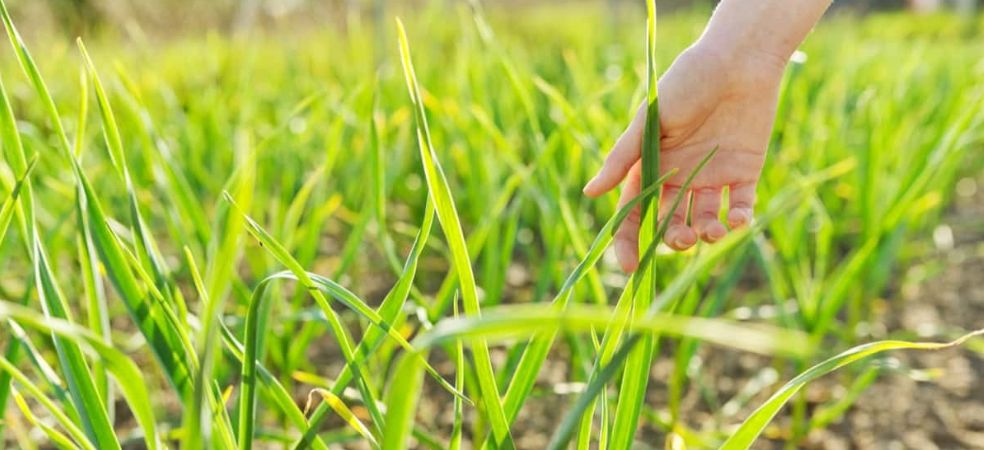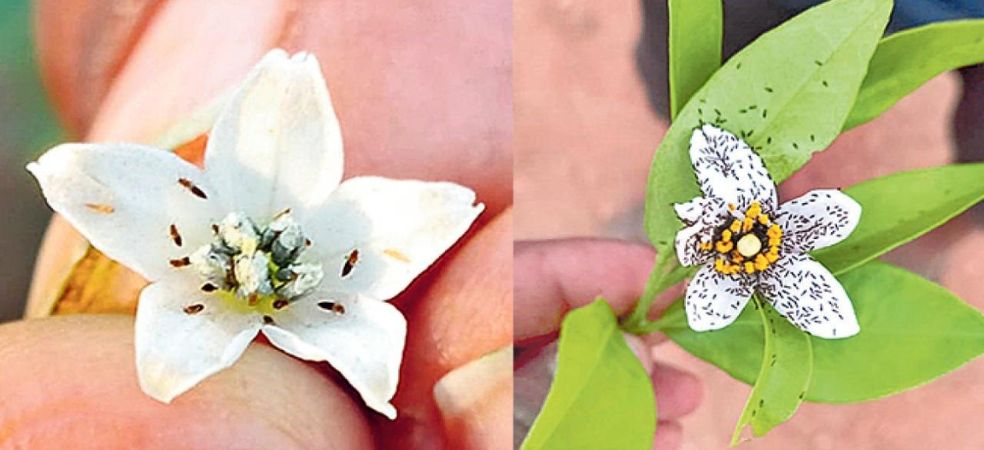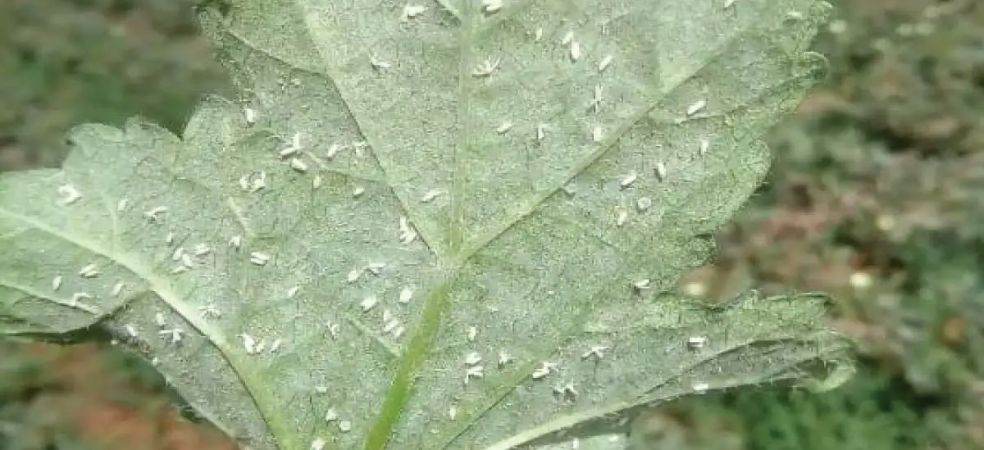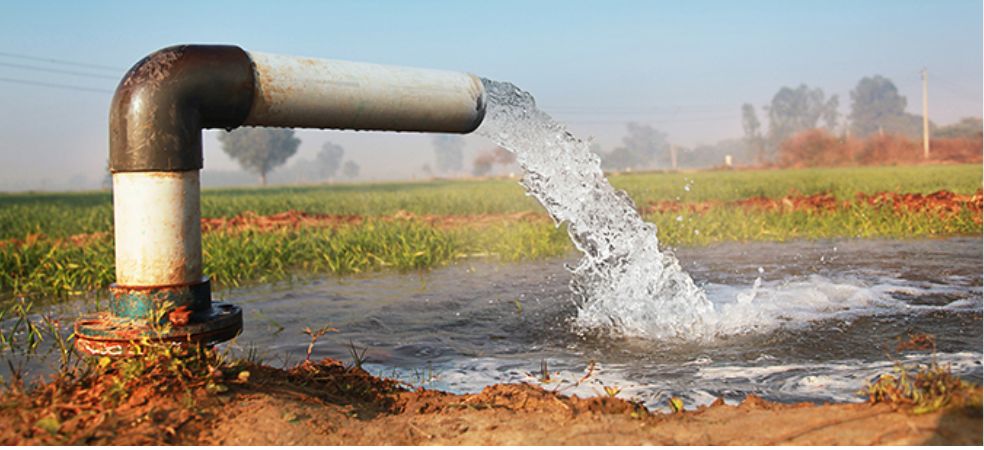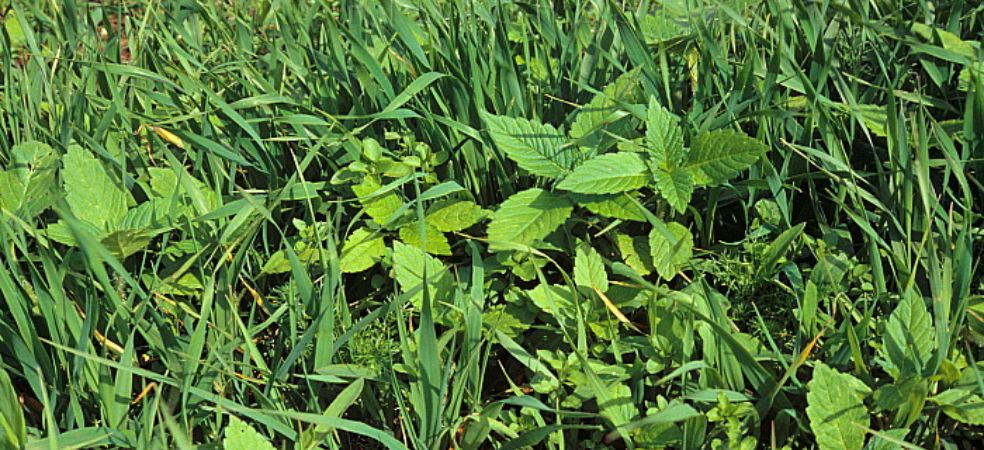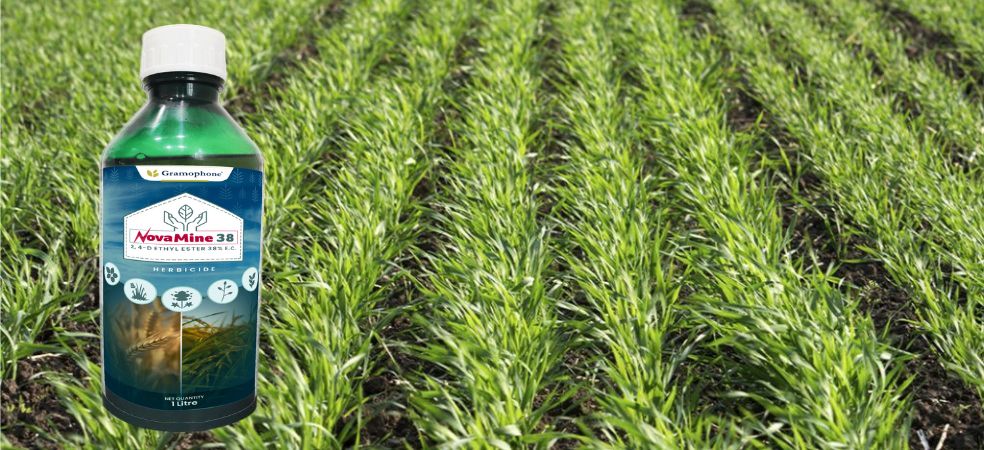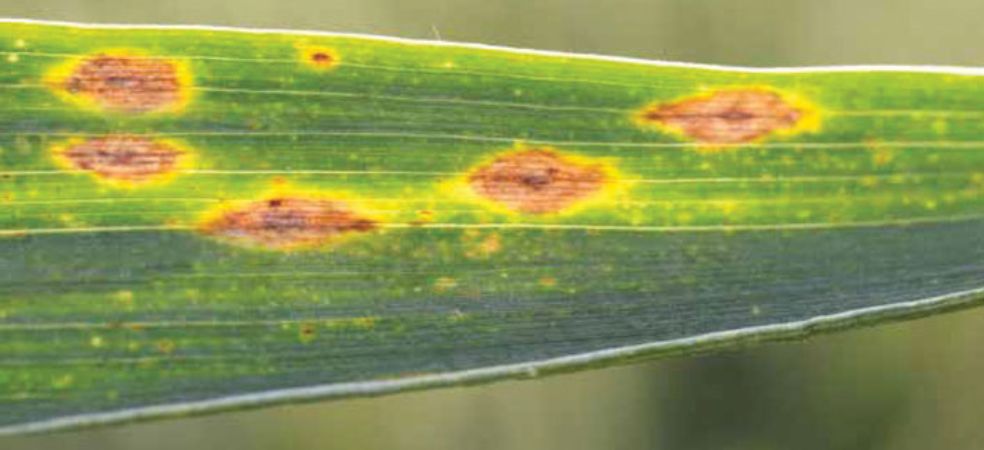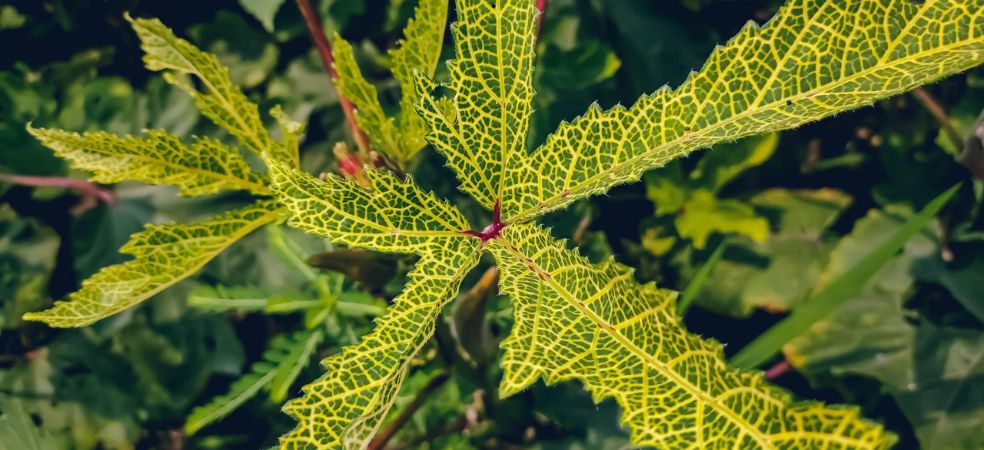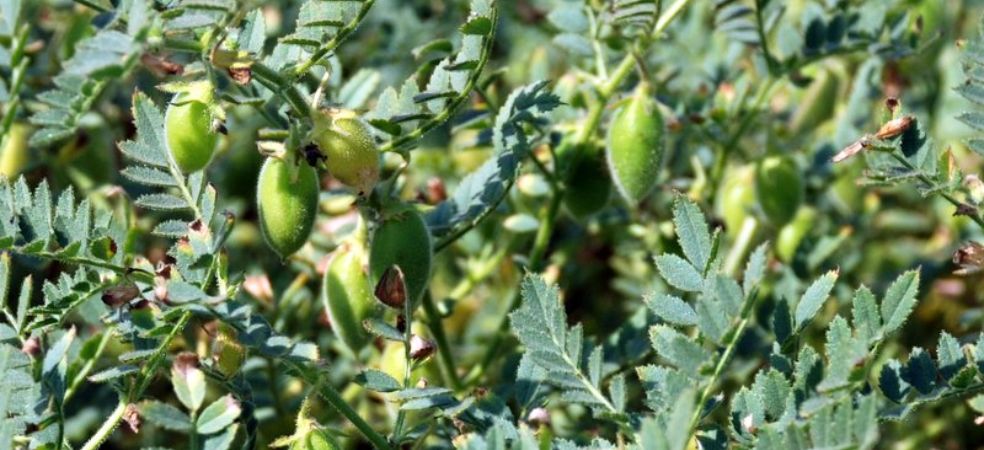In onion crop, 40-45 days after transplanting, bulb formation starts, in this stage, apply Urea 30 kg + Calcium Nitrate 10 kg + Magnesium Sulphate 10 kg, Mix all these together, broadcast them evenly in a one-acre area and irrigate lightly.
Urea: It is the biggest source of nitrogen supply. With its use, there is no problem with the yellowing and drying of leaves. Urea accelerates the process of photosynthesis.
Calcium nitrate: It contains 15.5% nitrogen and 18.5% calcium. Apart from calcium, it also makes nitrogen available to the crops. Calcium is an important secondary nutrient for plant growth. Calcium nitrate is an excellent source of calcium for crops. Enhances yield quality and longer shelf life in crops. It helps in the development of tubers in plants.
Magnesium Sulphate: It contains 9.5% magnesium and 12% sulphur. Along with magnesium, the availability of sulfur to the crops also increases, which increases the quality of the crops as well as the production. It plays an important role in the conversion of enzymes and carbohydrates. Helps in the synthesis of chlorophyll in plants and also improves phosphorus uptake and absorption.
ShareFor such important information related to the agriculture sector and farmers, do read Gramophone’s articles daily. If you liked today’s information then don’t forget to share.

